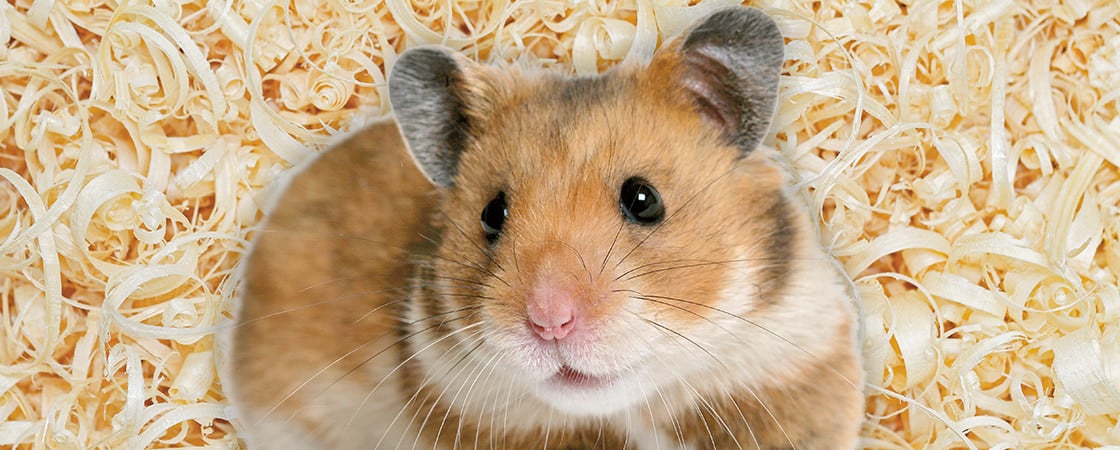The year was 1946. Albert Marsh had just won a bet. His prize was a strange, small creature. It had soft fur, puffy cheeks, and big teeth. It was so small it could fit in his hand.
What was this cuddly creature? It was a golden hamster! At the time, golden hamsters were rare in the U.S. A few had arrived in America from Syria, a country in the Middle East.
Marsh thought that hamsters would make great pets. But few Americans had ever heard of them. Plus, hamsters are a type of rodent. They’re closely related to rats. And most people did not want rats in their homes. Marsh wanted Americans to fall in love with hamsters. But how?
The year was 1946. Albert Marsh had just won a bet. His prize was a strange, small creature. It had soft fur, puffy cheeks, and big teeth. It was so small it could fit in his hand.
What was this cute animal? It was a golden hamster! At the time, golden hamsters were rare in the U.S. A few had arrived in America from Syria. That’s a country in the Middle East.
Marsh thought that hamsters would make great pets. But not many Americans had heard of them. Plus, hamsters are a type of rodent. They’re related to rats. And most people did not want rats in their homes. Marsh wanted Americans to fall in love with hamsters. But how?

